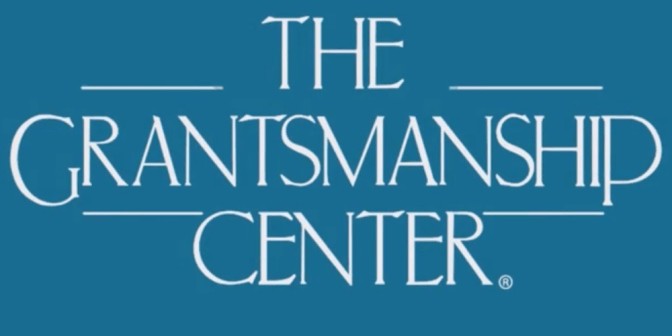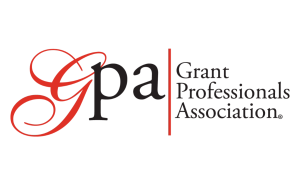Planning a program can be exhilarating. In roughing out the fantastic activities your organization will put into place and the wonderful changes that will result, you get a 30,000-foot look at the program. It’s an inspirational view, but it’s vague.
“Once you’ve agreed on the general plan, strap on the parachute and dive down to ground level,” said Barbara Floersch, chief of training and curriculum of The Grantsmanship Center in Los Angeles, Calif. “It’s appropriate that the big questions of ‘what’ and ‘why’ drive the selection of your general program approach. But once that’s decided, ‘how’ becomes paramount.”
“Translating an ethereal program ideal into a living, an on-the-ground reality is a learned skill,” said Floersch. “But once you’ve done it a couple of times, it becomes second nature.” To begin the grounding process, Floersch offers the following tips.
First, divide the overall program into major components of activity. If you’ll implement a Healthy Families program, perhaps it will have three major components: swimming classes, bicycle safety classes, and food safety classes.
Second, identify the main categories of activity within each major component. To implement the food safety classes, for example, you might need to recruit volunteer peer educators and train them to use a research-based curriculum; recruit and enroll families; provide families with transportation assistance; provide child care; provide the classes, do pre-and post- assessments of participant knowledge, and provide professional supervision and logistical support to the volunteers.
Third, for each of the main categories of activity within each major program component, answer these eight questions at a minimum: (1) Who will do the work? (2) How long will it take? (3) What’s an adequate pay rate or accurate value of volunteer time? (4) What supplies and equipment will be required? (5) What logistical support will be required? (6) Where will activities take place? (7) Will anyone have to travel? What will the reimbursement rate be? (8) Will the activity require supervision or oversight?
As you’re shifting and sorting out this detailed information, compile it into a draft plan of work, laying out who will do what and when. At the same time, use a spreadsheet to begin building a draft budget, compiling detailed information on what each task within each major activity component will cost, the total cost for each major component, and how you’ll meet the varied resource requirements to get the job done.
“You’ll still have lots of questions to answer, but this sifting-and-sorting approach can help you get a handle on the myriad details involved in bringing a program plan to life,” said Floersch. © Copyright 2019 The Grantsmanship Center.









